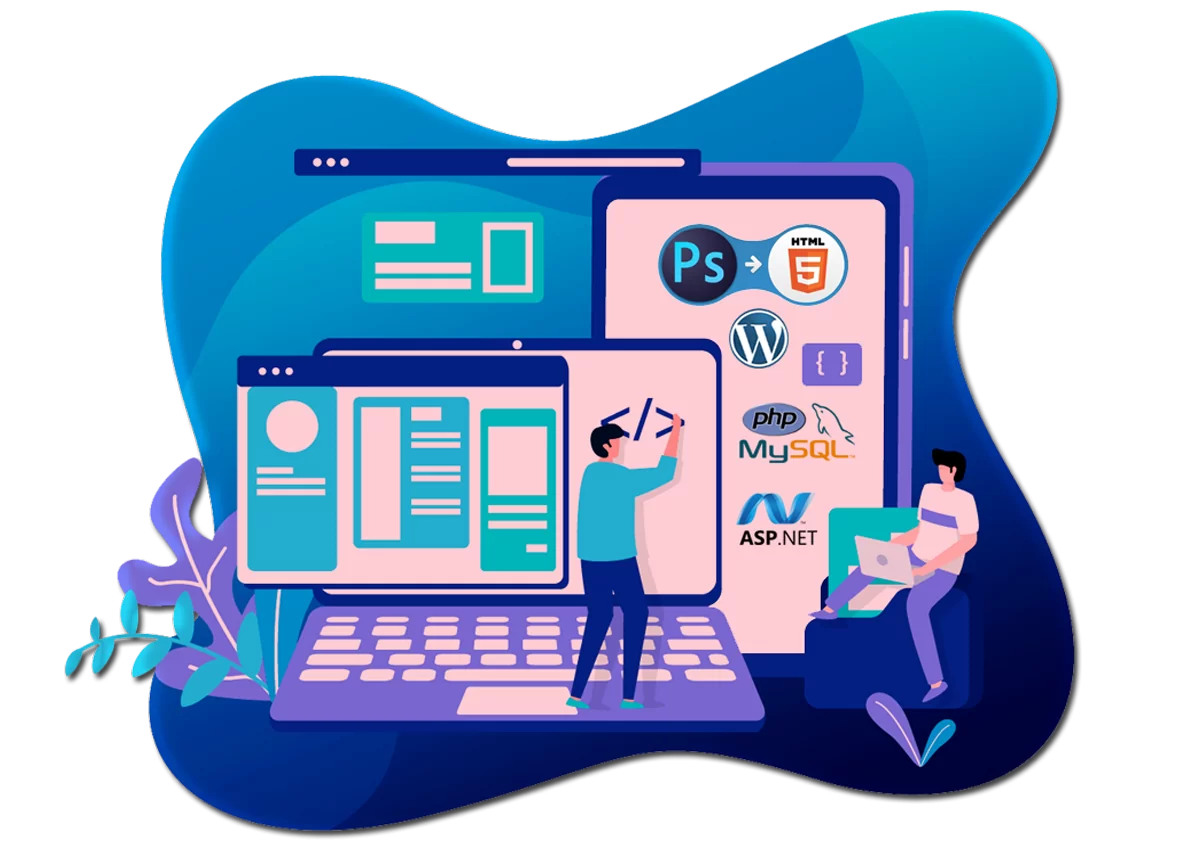A back-end developer requires multiple sets of skills to excel in their role. Some of the key skills include proficiency in programming languages like Java, Python, or PHP, as well as experience with frameworks such as Node.js or Django. They should have a strong understanding of databases, such as SQL or NoSQL, and knowledge of server-side technologies like Apache or Nginx.
Additionally, familiarity with API development, security principles, and version control systems is crucial. Good problem-solving abilities, attention to detail, and effective communication skills are also essential for collaborating with the front-end team and delivering high-quality back-end solutions.
At Sun Infosoft Inc., our back-end developers possess a comprehensive skill set and a deep understanding of the latest technologies. They are committed to delivering robust and scalable solutions tailored to meet your specific requirements. With our expertise, we strive to exceed expectations and create innovative back-end solutions that drive the success of your projects.








